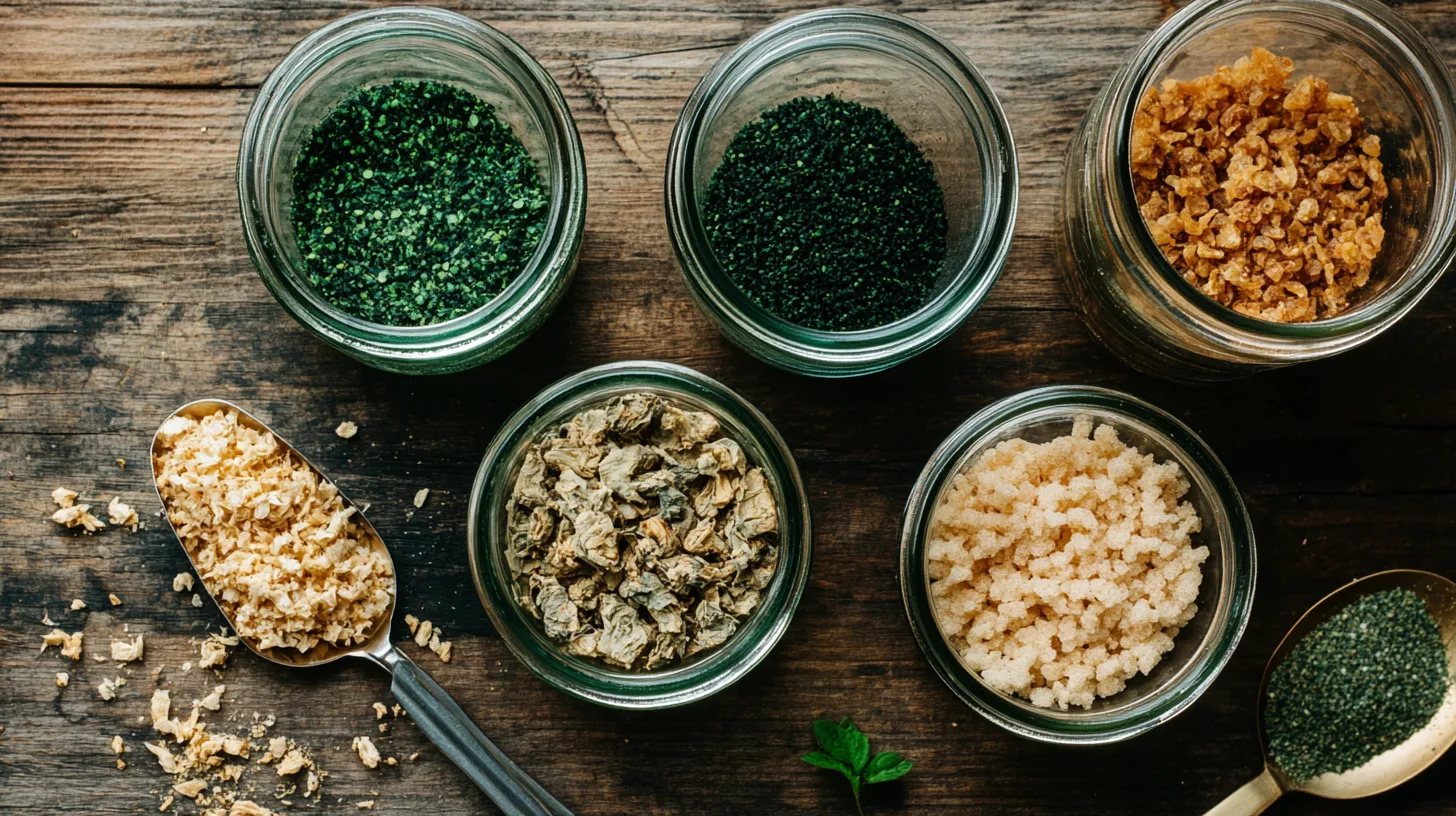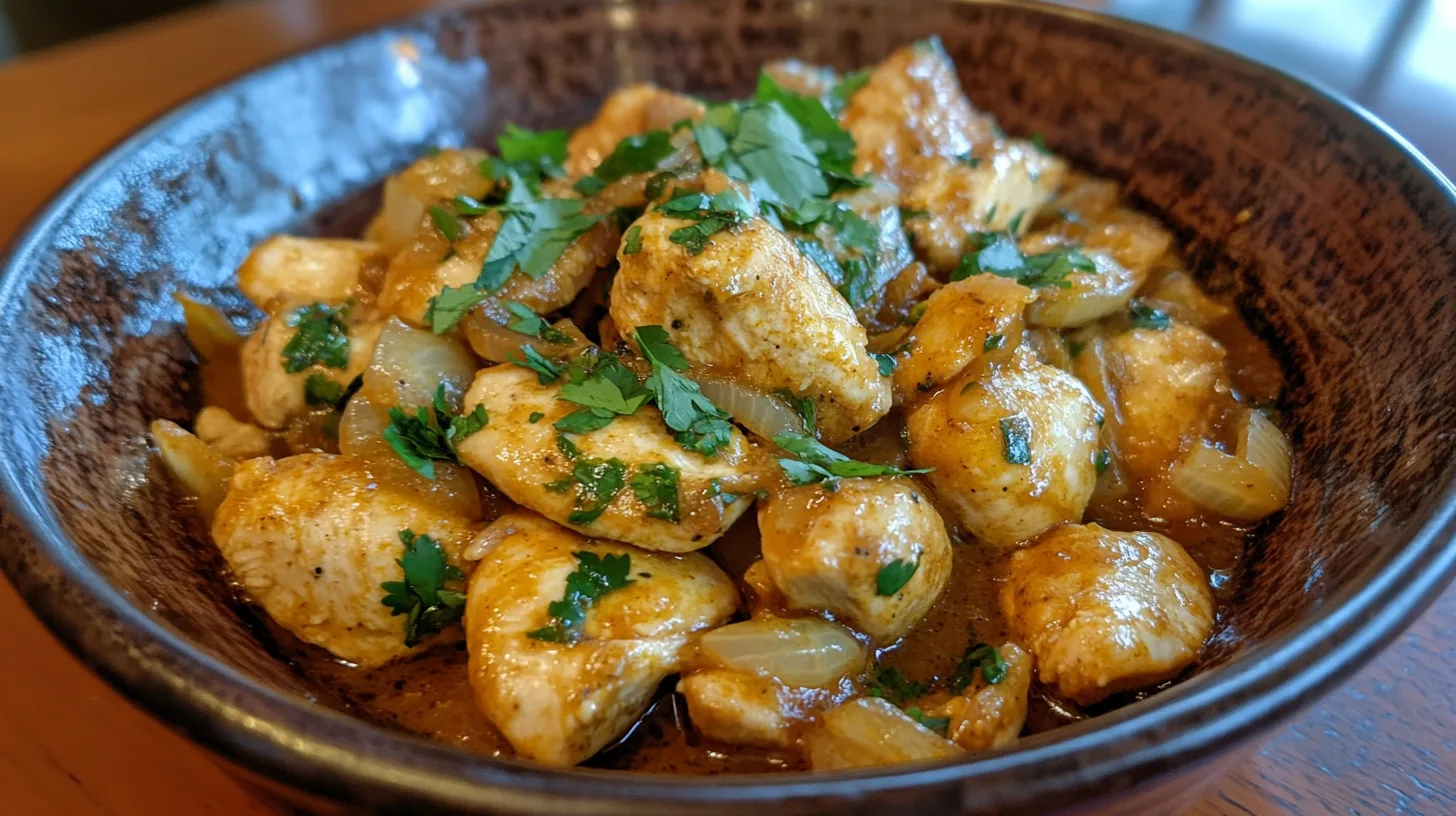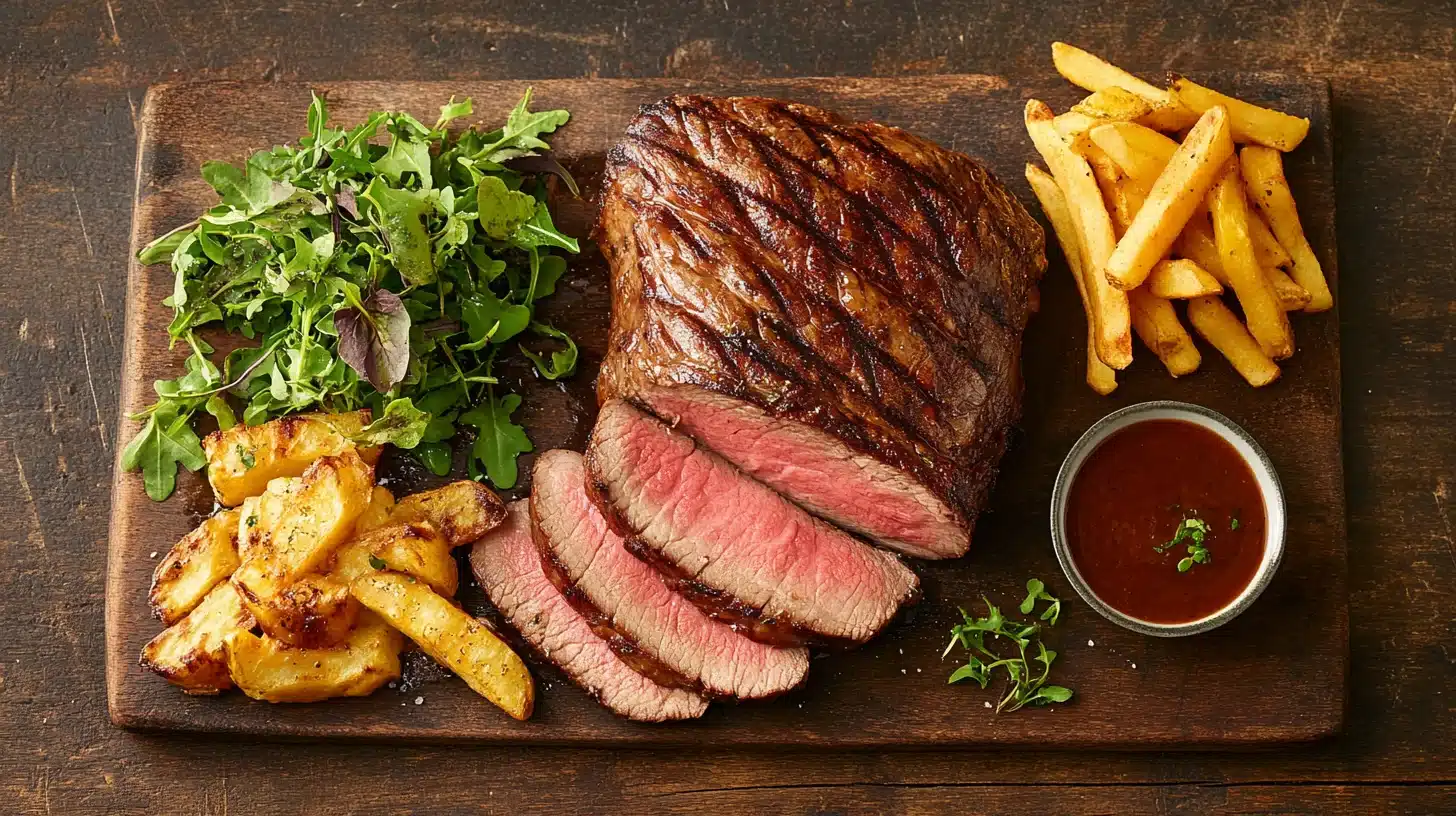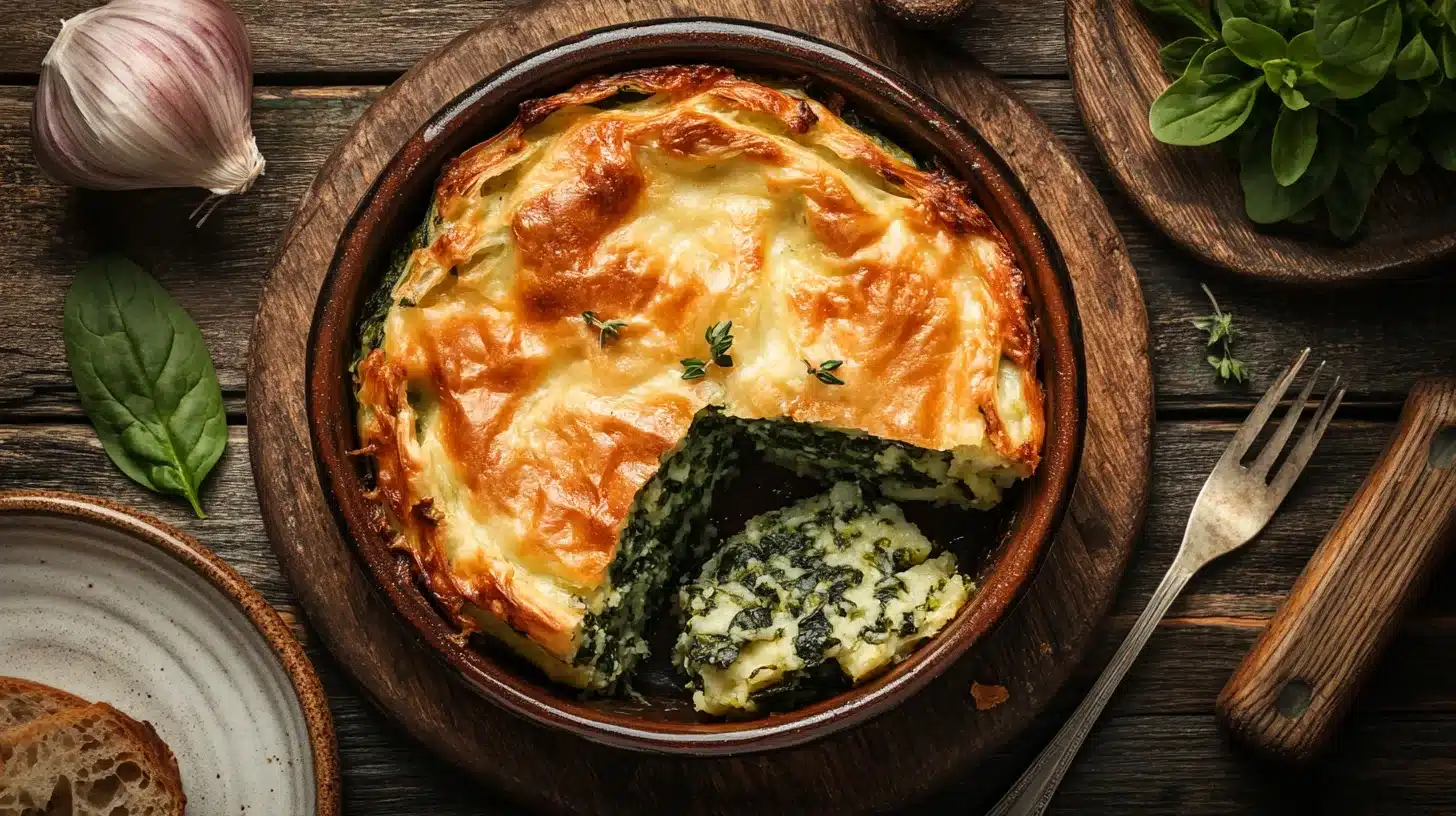When it comes to maintaining the health and vibrancy of your aquatic friends, a well-structured fish food recipe is essential. The right mix of nutrients can enhance their growth, promote vibrant colors, and even boost their immune systems. In this comprehensive guide, we’ll delve into effective methods of creating nutritious fish food recipes tailored to the specific needs of your fish, ensuring they thrive in their aquatic habitats.
Understanding the Importance of Fish Nutrition
Nutrition plays a crucial role in maintaining the health of fish. Just like any other living creature, fish need a diet that meets their unique dietary requirements. A balanced diet can make all the difference in terms of growth, energy levels, and overall vitality. Understanding what constitutes proper nutrition for fish is the first step toward crafting successful fish food recipes.
The Role of a Balanced Diet in Fish Health
A balanced diet for fish consists of the right proportions of vitamins, minerals, proteins, and fats. Fish rely on these elements not just for energy but also for building and repairing tissues, producing enzymes, hormones, and maintaining proper physiological functions.
Different species have varying nutritional needs. For example, herbivorous fish thrive on plant-based diets rich in fiber, while carnivorous species require a protein-heavy intake. A well-rounded fish food recipe integrates diverse food sources, ensuring that each meal supports the specific type of fish you’re nurturing.
In addition to physical health, a balanced diet contributes significantly to the behavior and temperament of fish. Fish that are adequately fed are less likely to exhibit stress and aggression toward one another, leading to a harmonious environment in your aquarium.
Key Nutritional Requirements for Various Fish Species
Understanding the specific nutritional needs of different fish species is paramount to successful fish care. This ensures that you provide the right ingredients in your homemade fish food recipes to cater to those needs.
Tropical fish, such as guppies and tetras, often require a diet that is high in carbohydrates and vegetable matter. In contrast, predatory fish like bettas and cichlids flourished with more protein-rich diets.
Freshwater fish often need more fiber for digestive health compared to saltwater inhabitants, who may benefit from high-quality protein sources. Knowing which ingredients to emphasize based on the species will help create an optimal fish food recipe tailored to their needs.
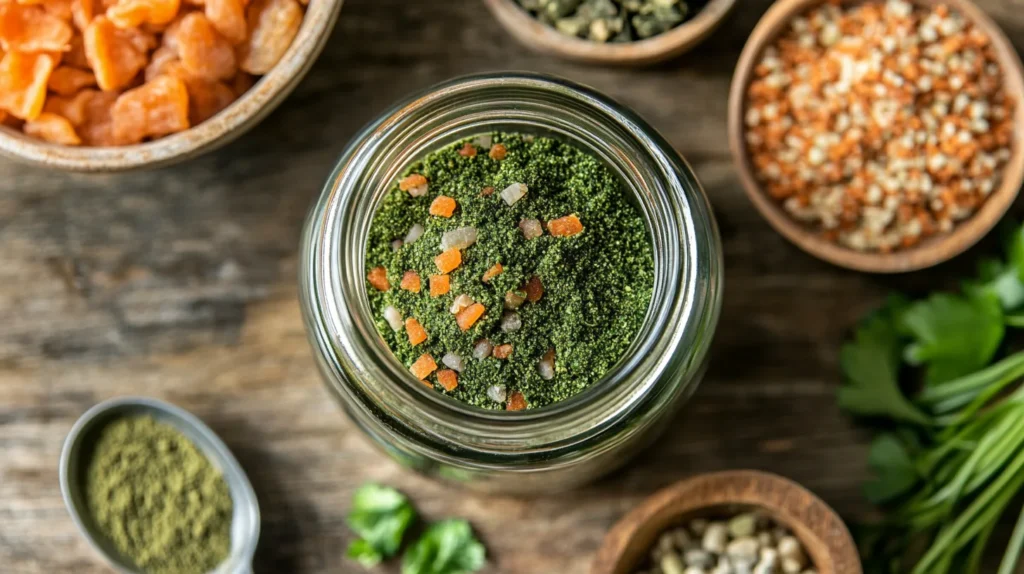
Common Ingredients Used in Homemade Fish Food recipe
Creating homemade fish food allows you to select fresh ingredients that are beneficial for your aquatic pets. Commonly used ingredients include:
- Fish meal: A vital protein source.
- Spirulina: A nutrient-dense algae known for its high protein and omega fatty acid content.
- Vegetables: Peas, spinach, and zucchini add fiber and vitamins.
Choosing high-quality ingredients enhances the nutritional profile of your fish food recipe, elevating the health benefits provided to your fish.
Benefits of Homemade Fish Food recipe
Creating your own fish food has numerous advantages over commercially available options. From cost savings to customization, there’s much to gain from making your own fish food recipes.
Cost-Effectiveness Compared to Store-Bought Options
Homemade fish food is generally far more economical than purchasing store-bought alternatives. Commercial fish food can be pricey, especially if you’re caring for multiple fish or several tanks. By preparing your own fish food, you’ll save money while still providing your fish with excellent nutrition.
Moreover, when buying bulk ingredients, the costs decrease significantly. You can shop for items like frozen seafood, vegetables, and supplements in bulk and prepare large batches of fish food at once. Over time, this approach translates to significant savings.
Customization Based on Specific Fish Needs
Another major advantage of homemade fish food is the ability to customize recipes according to the specific needs of your fish. Each species has its preferences and nutritional requirements, and crafting your own fish food allows you to cater to these nuances.
If you notice your fish showing signs of deficiency or require a specific dietary component, you can easily adjust your recipe to address those needs. Whether it’s increasing protein for breeding fish or more fiber for digestive health, versatility is key to keeping your aquatic companions healthy.
Ensuring Freshness and Quality of Ingredients
One of the standout benefits of creating your own fish food is having complete control over ingredient quality. Many commercial products may contain preservatives, artificial colors, or fillers that do not contribute to the health of your fish.
By using fresh, high-quality ingredients, you can ensure that your fish receive the best possible nutrition. You can choose organic vegetables, sustainably sourced seafood, and high-grade supplements, resulting in healthier food that’s also better for the environment.
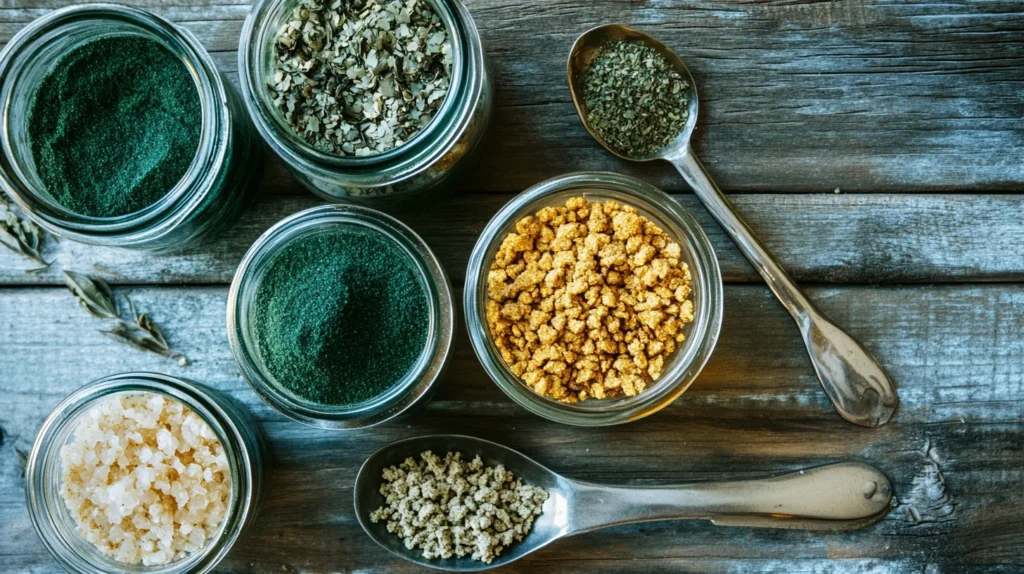
Essential Ingredients for Fish Food Recipe
Having a clear understanding of the essential ingredients required for effective fish food recipes is crucial. Selecting the right components ensures that your fish receive the appropriate balance of nutrients.
Protein Sources: Meats, Seafood, and Plant-Based Options
Proteins form the basis of any fish’s diet, playing a vital role in muscle development and overall health. When crafting a fish food recipe, consider incorporating various protein sources.
Meat-based proteins such as beef heart, shrimp, and white fish are excellent choices, particularly for carnivorous species. They provide amino acids necessary for growth and repair.
On the other hand, herbivorous fish benefit from plant-based proteins found in spirulina, peas, and soy flour. Including a variety of protein sources can help meet the diverse needs of different fish species within the same tank.
Fats and Oils: Importance in Fish Diet
Fats, often overlooked, play a critical role in the diet of fish, helping maintain energy levels and supporting growth. Omega-3 and Omega-6 fatty acids, commonly found in fish oils and certain plant oils, are essential for promoting healthy skin and fins.
When preparing a fish food recipe, consider adding a small amount of high-quality fish oil or flaxseed oil. These additions can enhance the overall nutritional profile while providing additional health benefits, including improved reproductive success and overall well-being.
Vitamins and Minerals: Supplements for Optimal Health
Vitamins and minerals are vital for the overall health of fish. They support immune function, growth, and reproduction, and deficiencies can lead to severe health issues.
Including powdered vitamin supplements in your homemade fish food recipe can help bridge any nutritional gaps and promote optimal health. Additionally, natural sources such as spirulina, garlic, and seaweed can be included to provide a broad spectrum of vitamins and minerals.
Step-by-Step Recipes for Homemade Fish Food
Now that we’ve outlined the importance of nutrition and the key ingredients, let’s dive into some simple yet effective fish food recipe you can create at home. Each recipe provides a balanced mix of nutrients that cater to various fish types.
Simple Flake Recipe for Tropical Fish
Making your own flake food is straightforward and can be tailored to suit the preferences of tropical fish.
Begin by gathering the following ingredients: dried spirulina powder, high-protein fish meal, finely blended vegetables (such as peas and spinach), and a small amount of gelatin.
To create the flakes, combine your dry ingredients in a bowl. Gradually add warm water and the gelatin until you achieve a thick paste. Spread the mixture onto a baking tray lined with parchment paper and flatten it out evenly. Bake at low temperature until completely dry and flaky. Once cooled, break into small pieces and store in an airtight container.
This flake food recipe provides a blend of plant and animal proteins that sustain the dietary needs of tropical fish.
Gelatin-Based Food for Nibbling Fish
For fish that prefer to nibble rather than graze on flakes, a gelatin-based food provides a great alternative.
Start by boiling some water and dissolving gelatin according to the package instructions. Add in finely chopped vegetables, fish meal, and spirulina. Pour the mixture into a shallow dish and allow it to cool and set.
Once firm, cut the gelatin into small cubes. This method can be particularly beneficial for species like bettas and goldfish, which enjoy nibbling on softer foods.
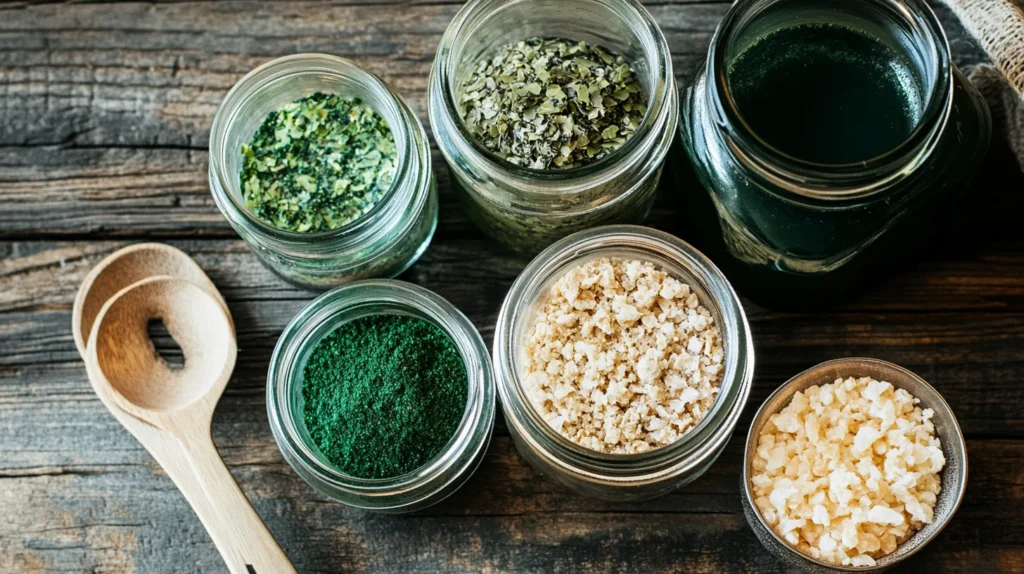
Frozen Food Cubes for Carnivorous Fish
Carnivorous fish require a higher protein content in their diet, and preparing frozen food cubes is an excellent way to provide them with nutrients.
Combine raw shrimp, fish, and squid in a blender along with a bit of water. Blend until smooth, then pour the mixture into ice cube trays. Freeze until solid and transfer the cubes to a sealable freezer bag.
These homemade frozen food cubes are nutritious and convenient, allowing you to serve fresh food without the additives often found in store-bought options.
Tips for Storing and Serving Fish Food recipe
Once you’ve prepared your homemade fish food recipe, knowing how to store and serve it effectively is essential to maintain its quality and ensure your fish receive the best nutrition.
Best Practices for Freezing and Thawing
Proper freezing techniques help preserve the nutritional value of your homemade fish food recipe. Use airtight bags or containers to prevent freezer burn and unwanted contamination.
When thawing, always do so in the refrigerator or under running cool water; do not refreeze previously thawed food. This practice keeps the food safe and prevents spoilage, maintaining the quality that your fish deserve.
Portion Control for Different Fish Sizes
Understanding portion control is crucial for feeding your fish appropriately. Overfeeding can lead to health problems such as obesity and poor water quality.
Consider the size of your fish when serving food. Smaller fish such as tetra and guppy may require only a pinch of food, while larger fish like cichlids will need more substantial portions. Observe your fish during feeding times to determine the appropriate amount they consume within a few minutes.
Avoiding Contamination and Spoilage
Maintaining cleanliness in your fish food preparation and storage process is critical. Always use sanitized tools and containers to minimize the risk of bacteria or pathogens affecting your fish.
Regularly check your stored fish food for signs of spoilage, such as odor changes or unusual texture. Discard any food that appears off, as old or contaminated food can lead to serious health issues for your fish.
Frequently Asked Questions (FAQs)
What is the best homemade food for fish?
Homemade fish food should contain the right balance of protein, vitamins, and minerals. Freshwater fish often benefit from vegetable-based recipes, while saltwater fish require protein-rich meals.
How do you make homemade fish feed?
To make homemade fish food, mix high-quality ingredients like vegetables, fish, and supplements. Use a binding agent like gelatin or agar to keep the mixture together, then freeze it for easy feeding.
What are the best ingredients for fish food?
The best ingredients for fish food include shrimp, which are a great source of protein and important amino acids, and fish oil, which is high in omega-3 fatty acids that help keep fish healthy. Spirulina, a type of algae, is full of nutrients and helps boost the immune system while making fish colors brighter. Garlic is often added because it has natural antibacterial properties, and seaweed provides important minerals. Vegetables like peas and spinach give fiber and vitamins, which help with digestion and overall health. Finally, agar-agar is used as a natural thickener, keeping the food together and giving it a texture that’s easy for fish to eat.
How to make live food for fish?
Live food, such as Daphnia (water fleas) or brine shrimp, can be cultured in a small tank or hatchery with minimal setup. To culture these live foods successfully, ensure that the tank has proper water conditions, including stable temperature, pH, and salinity levels (for brine shrimp, in particular).
Provide a consistent supply of appropriate food, such as algae, yeast, or specialized live food supplements, to support the growth of the culture. Regularly monitor water quality, and harvest the live food when it reaches the appropriate density. The fresh, nutrient-rich live food is an excellent way to enhance the diet of your fish, promoting their health, vibrancy, and natural feeding behaviors.
Conclusion about fish food recipe
Crafting your own fish food recipes is an enriching experience that not only guarantees better health for your fish but also deepens your connection with them. Understanding the importance of nutrition, the benefits of homemade alternatives, and the essential ingredients will empower you to create balanced diets catered to the specific needs of your aquatic companions.
With a little creativity and effort, you can provide your fish with high-quality, nutritious meals that promote their health and happiness. Embrace the art of fish food recipes, and watch your aquatic friends thrive like never before!
Craving a healthy soup? This asparagus mushroom soup is easy to make and full of nutrients. It’s a dish everyone will enjoy. Check out the full recipe here.
Print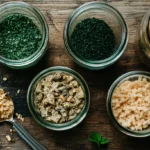
Crafting Fish Food Recipe for Healthy Aquatic Life
- Total Time: 15 minutes
- Yield: Several weeks’ worth of fish food
Description
This homemade Fish Food Recipe is a great way to provide your aquarium fish with fresh, wholesome food. Packed with proteins, vitamins, and essential nutrients, this recipe is customizable to suit the dietary needs of various fish species.
Ingredients
- Fish fillets (fresh or frozen): 1 cup, chopped
- Shrimp (optional): 1/2 cup, chopped
- Spinach or Kale: 1/2 cup, chopped
- Carrot: 1 medium, grated
- Garlic: 1 clove, minced (optional for boosting immune system)
- Gelatin: 2 tbsp (for binding the food)
- Spirulina powder: 1 tbsp (optional, but great for color enhancement)
- Fish oil: 1 tsp (for healthy fats)
- Water: 1/2 cup (for blending)
Instructions
-
Prepare the Ingredients:
- Start by chopping the fish fillets and shrimp into small pieces that will be easy for your fish to consume.
- Grate the carrot and finely chop the spinach or kale.
-
Blending:
- Add all the ingredients (fish, shrimp, spinach, carrot, garlic, spirulina, and fish oil) into a blender or food processor.
- Add the water gradually and blend until you have a paste-like consistency.
-
Gelatin Preparation:
- In a small bowl, dissolve the gelatin in warm water according to package instructions. This will help bind the fish food together once set.
-
Combine:
- Once the gelatin has dissolved, mix it into the fish paste. Stir well until everything is evenly combined.
-
Molding:
- Spoon the mixture into ice cube trays or silicone molds. You can also use a flat surface and cut the food into small bite-sized pieces once it’s set.
-
Freezing:
- Place the molds into the freezer and let them freeze completely.
-
Feeding Your Fish:
- Once frozen, remove a portion and thaw it before feeding it to your fish. You can store the remaining portions in a plastic bag or airtight container in the freezer.
Notes
- Make sure the food is finely chopped for smaller fish species or use a food processor to ensure it’s easy for them to eat.
- You can substitute vegetables based on your fish’s preferences—zucchini, peas, and dandelion greens are also great options.
- Adjust the recipe to suit the needs of your fish—herbivorous fish might require more veggies, while carnivorous fish may need more protein.
- This food can be stored in the freezer for up to 3 months.
- Prep Time: 15 minutes
- Cook Time: None
- Category: Fish Food
- Method: Blending and Freezing
- Cuisine: Homemade Aquatic Nutrition
Nutrition
- Serving Size: Approximate per portion
- Calories: Varies based on ingredients
- Fat: Moderate
- Carbohydrates: Low
- Fiber: Moderate
- Protein: High
Keywords: homemade fish food, DIY fish food recipe, nutritious fish food, fish food recipe, aquarium fish nutrition
